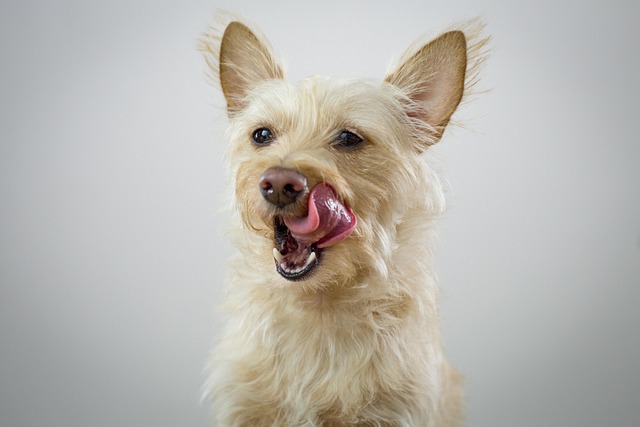
How can I tell if my dog's heatstroke is serious
Let’s be real: It’s a sticky August morning in Los Angeles, and you took your 2-year-old Golden Retriever, Max, for a walk a little later than usual
Watching your dog gulp down water non-stop can feel like a red flag waving. But what exactly counts as excessive drinking? Unlike humans who can tell us when they’re parched, dogs rely on us to notice when their water intake seems off. It’s not just about quenching thirst—it could signal underlying health issues or even relate to local regulations on pet care.
The general rule of thumb is that dogs typically drink about 1 ounce of water per pound of body weight daily. So a 50-pound Labrador might need around 50 ounces of water over 24 hours. However, factors like activity level, diet, and weather play huge roles. A dog running around at the park on a hot day will naturally lap up more than a senior pooch lounging indoors.
Here’s where it gets tricky: sudden spikes in water consumption matter most. If your normally moderate drinker suddenly starts draining the bowl constantly, it’s time to pay attention. This could be due to diabetes, kidney disease, or Cushing’s syndrome—conditions that require immediate veterinary attention. Remember, responsible pet ownership includes knowing when to seek professional help, as neglecting symptoms violates the duty of care expected under animal welfare laws.
 It’s also crucial to consider environmental factors. In regions with strict housing regulations, leaving your dog without access to clean water for extended periods can lead to legal issues. On the flip side, providing too much unsupervised access might encourage overdrinking, especially for dogs with a tendency to gulp water quickly. Smart pet owners often invest in slow-feed water bowls to prevent bloat, a common but dangerous condition.
It’s also crucial to consider environmental factors. In regions with strict housing regulations, leaving your dog without access to clean water for extended periods can lead to legal issues. On the flip side, providing too much unsupervised access might encourage overdrinking, especially for dogs with a tendency to gulp water quickly. Smart pet owners often invest in slow-feed water bowls to prevent bloat, a common but dangerous condition.
Behavioral changes can clue you in, too. Does your dog whine near the water bowl, paw at it, or seem restless? These could be signs they’re not getting enough or drinking too much. Some dogs even develop anxiety-related overdrinking, which might stem from changes in their routine or living situation. It’s important to create a stable environment for your furry friend, as recommended by animal behavior experts.
If you suspect excessive drinking, start by tracking your dog’s intake. Use a measuring cup to record how much water they consume daily and note any patterns. Compare this to their normal habits and consult your vet if something seems amiss. Keep in mind that many local animal shelters offer free or low-cost wellness checks, making it easier to stay on top of your dog’s health without breaking the bank.
In the world of pet care, being proactive is key. Whether it’s following best practices for water intake or staying compliant with local animal protection laws, every small step counts. After all, our dogs rely on us to keep them healthy, happy, and hydrated the right way.

Let’s be real: It’s a sticky August morning in Los Angeles, and you took your 2-year-old Golden Retriever, Max, for a walk a little later than usual

You're enjoying a summer afternoon at the park when you notice your dog has stopped panting and appears disoriented - their gums are bright red

Let’s paint the picture: You’re in your Denver apartment, watching your 4-year-old Boston Terrier, Ruby, plop down mid-play session with her favorite toy

Many dog owners notice their pets nails seem shorter after regular walks,but how much does this daily activity actually help?The answer depends on where you walk—concrete sidewalks or asphalt streets gently file nails as a dog's paws hit the ground

Most dog owners notice their pup scooting across the carpet at some point, but few connect it to impacted anal glands. These small sacs near a dog’s rectum secrete a scent for marking territory

Most vets agree that regular dog teeth cleaning is key to avoiding painful dental issues later. For healthy adult dogs, a professional cleaning at the vet’s office every 12 to 18 months usually works well.